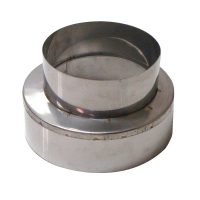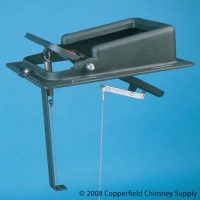Author: Bill Weedon
It is hard to believe it but, on average, homes lose a staggering 60% of heat through the walls and roof. That’s an incredible waste of energy and money – and the only way to avoid it is to have proper insulation installed in your home
The great thing is that governments around the world are keen to meet their targets for reduction in carbon emissions and many are offering home insulation grants to help consumers save energy. The cost for insulation varies, but in many of these countries government initiatives reduce the cost by over 50%. Even up to 100% if you happen to be on certain benefits.
There are many types of home insulation, from cavity wall and loft insulation to draught proofing. One type of loft insulation is a mineral fibreglass which is simply rolled between and over the joists in your roof to a depth of around 270mm. It effectively acts as a blanket, trapping heat rising from the house below.
Cavity Wall Insulation is possibly the best way to significantly reduce the energy needed to heat your home. In most residential buildings the external walls are made of two layers of bricks with a small air gap or ’cavity’ between them. Cavity wall insulation involves filling this gap with a special mineral fibre that reduces the amount of heat that can escape through the walls.
There are a lot of insulation suppliers out there though, some better than others – so make sure you find one with industry accreditations and a good record of customer service.
Will Weedon
http://www.lioninsulation.co.uk/index.php






